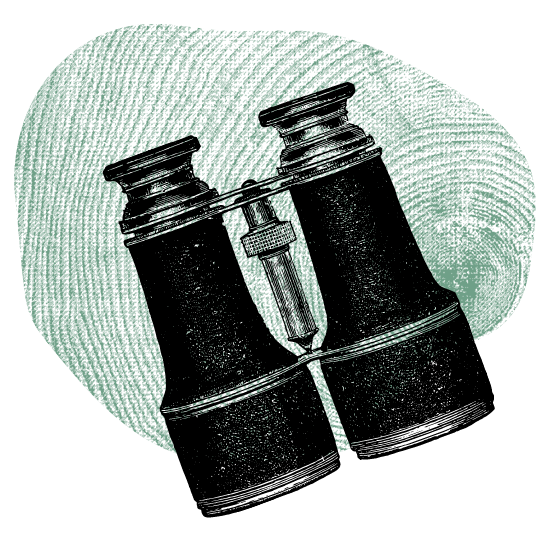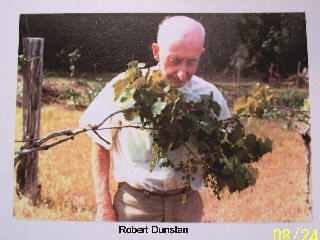Opportunity Falls


While many were through deliberate action, some of the most significant scientific discoveries occurred by accident. The greatest scientists and entrepreneurs are those who recognize an opportunity when it presents itself.
American chestnuts (Castanea dentata) were once the most dominant hardwood in eastern North America, providing an abundance of food for wildlife and people alike for millennia. Settlers soon discovered the value not only of the nuts but the wood, which is lightweight, soft, easy to split, resistant to decay, and doesn’t warp or shrink, making it ideal for posts, poles, pilings, railroad ties, and split-rail fences, among other things. Its straight grain made it desirable for building log cabins, furniture, and caskets. By the turn of the century, more than half of the vegetable tannin used by the American leather industry came from the American chestnut.
However, the seemingly limitless bounty didn’t last. In 1904, a blight was introduced into the United States from imported Asian chestnut. Over the next three decades, it spread from Maine to Georgia, decimating an estimated 30 million acres of chestnut trees.

Robert Dunstan examines a grape crop.
While many moved on, some scientists kept searching, and half a century later, James Carpentar discovered a large, healthy American chestnut in Ohio that appeared to be blight resistant. He sent budwood to Dr. Robert T. Dunstan, who, recognizing an opportunity, began grafting and later cross-pollinating American grafts with a mixture of USDA-released Chinese chestnut selections. By selecting individuals with the best hybrid characteristics and crossing them back to both the American and Chinese parent trees, Dr. Dunstan eventually created the Dunstan chestnut, a breed with the optimal combination of blight resistance and production of large, high-quality nuts.
Two generations later, Dunstan’s grandson, Robert Wallace, operating a thriving commercial chestnut orchard in northern Florida, soon became plagued with pests. Nightly rides found dozens of deer dining on the Dunstan crop. After a chance meeting with someone in the hunting industry, the light went on for Wallace. He recognized the depredation not as a problem but as an opportunity. In addition to selling Dunstan chestnut trees to other orchardists and homeowners, Wallace began marketing his stock to landowners interested in attracting wildlife.

The reception was slow at first but quickly caught on when modern land stewards began recognizing the superior qualities of Dunstan chestnuts and the trees that bear them. Under optimum conditions, Dunstan chestnuts can produce nuts in only 3-5 years of age and, at maturity, can produce 50-100 pounds of nuts per tree. They’re specifically bred to be blight resistant. Unlike oaks, they bloom later, so they’re less susceptible to frosts, and they produce heavy crops annually. And those crops contain larger (averaging 15-35 nuts/lb), nutritionally superior nuts with four times the carbohydrates of a white oak acorn, 2.5 times the protein, only a fraction of the fat, and no bitter tannins.
The legacy lives on, and today Robert Wallace’s son, Iain Wallace, runs Chestnut Hill Outdoors, producing a range of hard and soft mast-producing shrubs and trees for hobbyists, landscapers, and land stewards. Their expanded line is designed to better meet the year-round nutritional needs of deer and other wildlife while also enhancing the quality of the land for present and future generations to enjoy.


